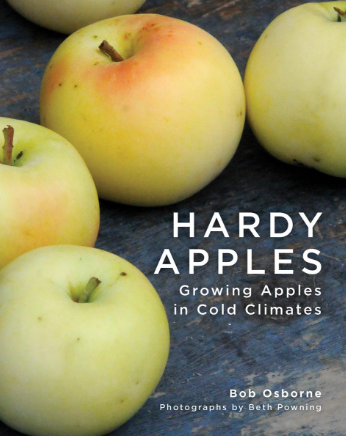When my father got off the post-war ship landing in Nova Scotia, he was shuffled off to the Annapolis Valley where he worked in an apple orchard. Many years later and with a wife and six children in tow, he bought his own apple orchard in southern Ontario. We would prune trees in March, stand knee-deep in manure to spread around the trunks to keep the rabbits and other animals away in May and harvest the first apples in late July. Throughout the summer and into the fall when the last Spy apple was picked, life was consumed by the all-mighty apple. This fruit made its way on to the kitchen table and cider was a constant drink.
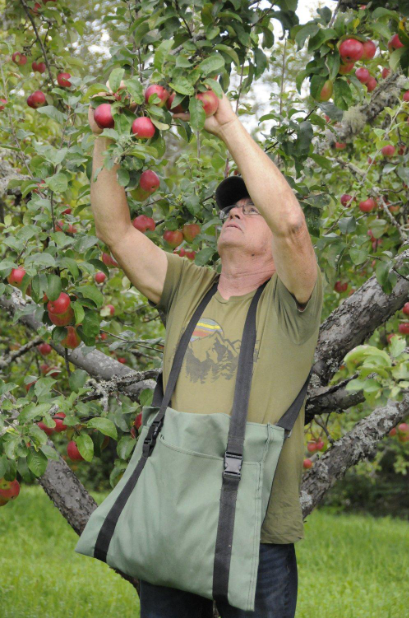
If you’re looking to insert apple trees in your garden planning, you’ll need a copy of this book to ensure you choose the best variety for your location and climate. Author Bob Osborne has researched this topic and provides us with an alphabetized highlight of all apples perfect for Canadian landscapes. Before we get to that treasure trove of information, he first ensures you are set up for the best possible outcome including the type of soil best suited for apple trees, planting and maintaining the trees, the pests and diseases to control, grafting and budding for propagation, and more.
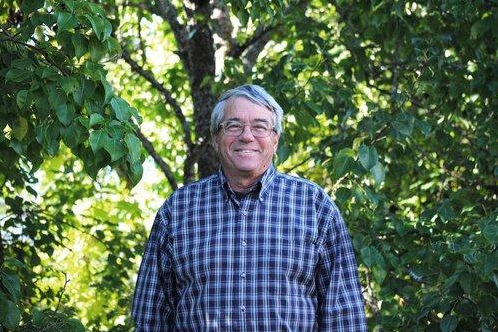
Bob Osborne is the owner of Corn Hill Nursery in New Brunswick. He is a gardening author, a columnist on CBC radio and a member of several horticultural organizations. And if you find yourself in Cornhill, stop by and chat with Bob about your apple trees and other horticulture fun – https://www.cornhillnursery.com/ Looking to educate yourself further on how to grow apple trees? Bob was featured on the Grow Guide podcast at https://podcasts.apple.com/ca/podcast/growing-hardy-apples-in-cold-climate-gardens-with/id1297101235?i=1000563328217
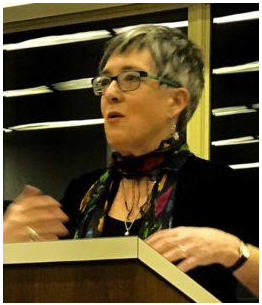
To give Bob’s words a beautiful landscape, Beth Powning added her photographic expertise. We featured Beth’s work at https://canadiancookbooks.ca/the-sisters-tale/ and now she shows us her amazing camera work in this book. I asked Beth what she learned from this project: “The unexpected thing I learned was the distinct stages of growth, from bud to blossom to nascent apple. I loved photographing those stages, and it gave me a new appreciation of all trees and bushes as they emerge from winter. The most challenging thing was photographing worms, galls, scabs, all the myriad of insects and diseases that attack apples. Of course, what I loved the most was photographing blossoms, as well as the fun of creating settings to showcase the apples.” https://www.powning.com/beth/
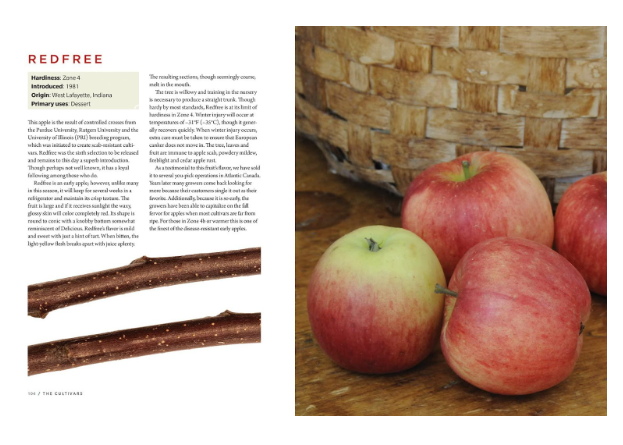
Looking for some history on how apples became populated in Canada? Here it is in Bob’s insightful language: “Granite Beauty was a seedling ripped from the ground to provide a riding crop for a lady in the early 1800s. She planted the seedling when she got home and when it produced it became a local favorite. An apple I originally knew as ‘Bishop’s Pippin’ was actually an apple found in 1742 in New Jersey. When Charles Inglis was appointed bishop of Nova Scotia he imported the New Jersey apple called Yellow Belleflower to the province, having known of it when he lived in New York City. Locally it became the ‘Bishop’s Pippin’ (pippin being a seedling). No one knows if he renamed it in his honor or it was simply called that by those around him. And then there is the story of the ‘New Brunswicker’, an apple discovered by Francis Peabody Sharp of Upper Woodstock, NB who grew it as a seedling of ‘Duchess’. It is actually an asexual seedling, meaning the seed formed without the pollination of another apple, making it a DNA match to its mother, a rather rare occurrence in apples that normally do not set seed without the pollen from another apple. There is now a conversation among many of us apple geeks as to how this is possible. One is that it is actually an asexual seedling, meaning the seed formed with the pollen of another. We wait to find out more.”
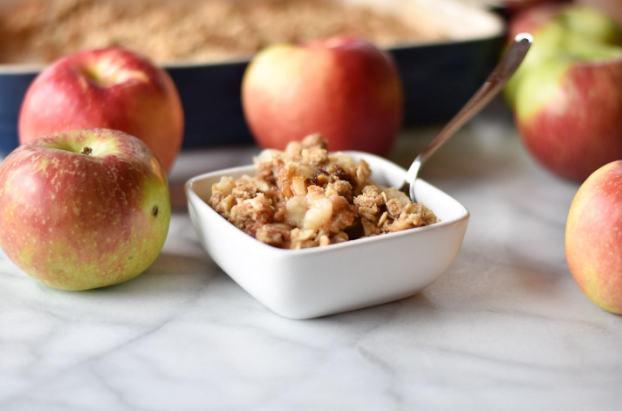
I asked Bob for his favourite apple dish and he provided his wife’s Apple Crisp that you’ll find in our Recipe section. We all have our favourite take on this iconic dessert but the Osbourne’s version is simple and easy to make…start there and then add your own spin on it. Bob suggests using Bramley, Milwaukee, Bottle Greening or Rhode Island Greening apples, but Cortlands are more easily found in your local supermarket.
So what does Bob have up his sleeve now that he’s produced a few books and isn’t busy running his horticultural business in Cornhill? He lets us in on his plans: “At present I am working on a book called ‘Horticultural Histories’. It is a collection of stories about plants that were named after important people but that were actually found by others of less influence. In it I take what facts are available, do some research on the family histories and fill in the blanks with my conjectures.” Looking forward to reading your new venture, Bob!
To order a copy of Hardy Apples, go to https://www.chapters.indigo.ca/en-ca/books/hardy-apples-growing-apples-in/9780228103189-item.html?ikwid=Hardy+apples&ikwsec=Home&ikwidx=0#algoliaQueryId=9f3c271de4c51349122d885a788e37df or try to win the book in our Giveaway section.
Contents and images used with permission by Firefly Books. https://www.fireflybooks.com/


